Have you heard of the lasagna gardening method? I just recently learned about it, and I’m impressed with the results. If your garden has been plagued by weeds, using this no-dig gardening method is one of the easiest ways to control weeds in your vegetable and flower beds.
Let’s be honest: weeds are probably the one downside of growing a vegetable garden (unless you love weeding!). Yes, there are some weeds that are good for the garden and others that are good for the table, but all in all, most of us vegetable gardeners would prefer a weed-free garden.
Many gardeners set up their vegetable beds by using some kind of plowing method, which consists of turfing and turning the soil, feeding, and then planting. To be perfectly honest, this is not an easy way of creating new beds, particularly if you have stubborn weeds such as couch grass.
Not so if you choose the lasagna gardening method. So, what does this method entail? Let’s take a look.
Lasagna Gardening Method
To make a no-dig plot or lasagna bed, you must first decide on the size and shape of the plot you are going to use. Then, peg and rope it off.
You can either make the bed directly onto the garden area you wish to use, or you could border the bed with a wooden frame, making a raised bed. I prefer the raised bed lasagna gardening.
1. Start with your bed (lasagna gardening raised bed)
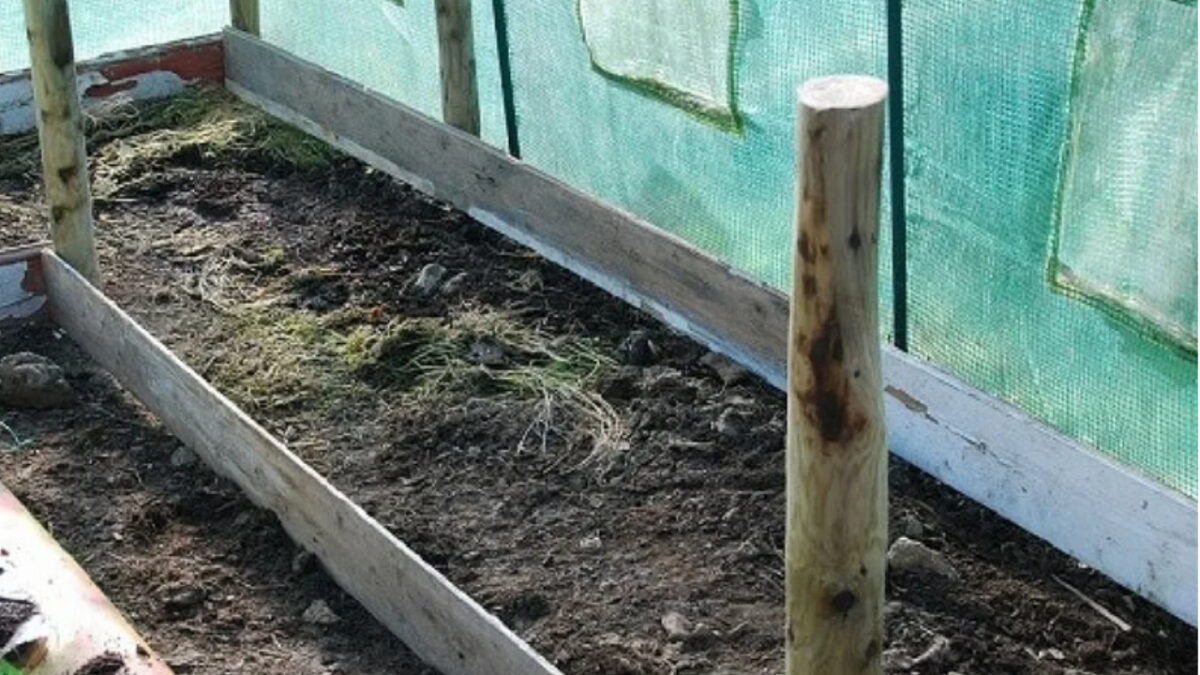
While it’s not essential to create your lasagna garden in a raised bed, it can help to keep the garden bed neat. It doesn’t need to be high and could be made from old floorboards or fence boards.
You could also use stones to border the bed or even metal roofing.
2. Line the Bed With Cardboard
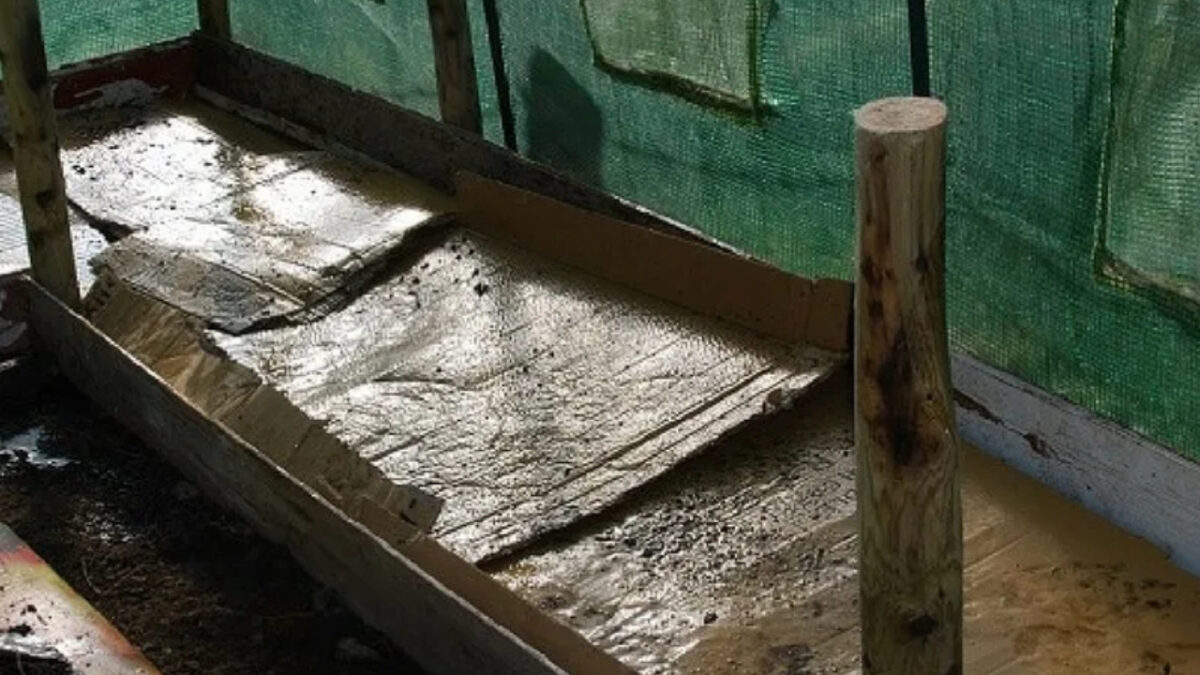
Once you have prepared the border, place flattened old cardboard boxes on the bed, overlapping each sheet, and soak them in water.
The cardboard is going to act as one of the barriers for weed control.
3. Add a Compost Layer
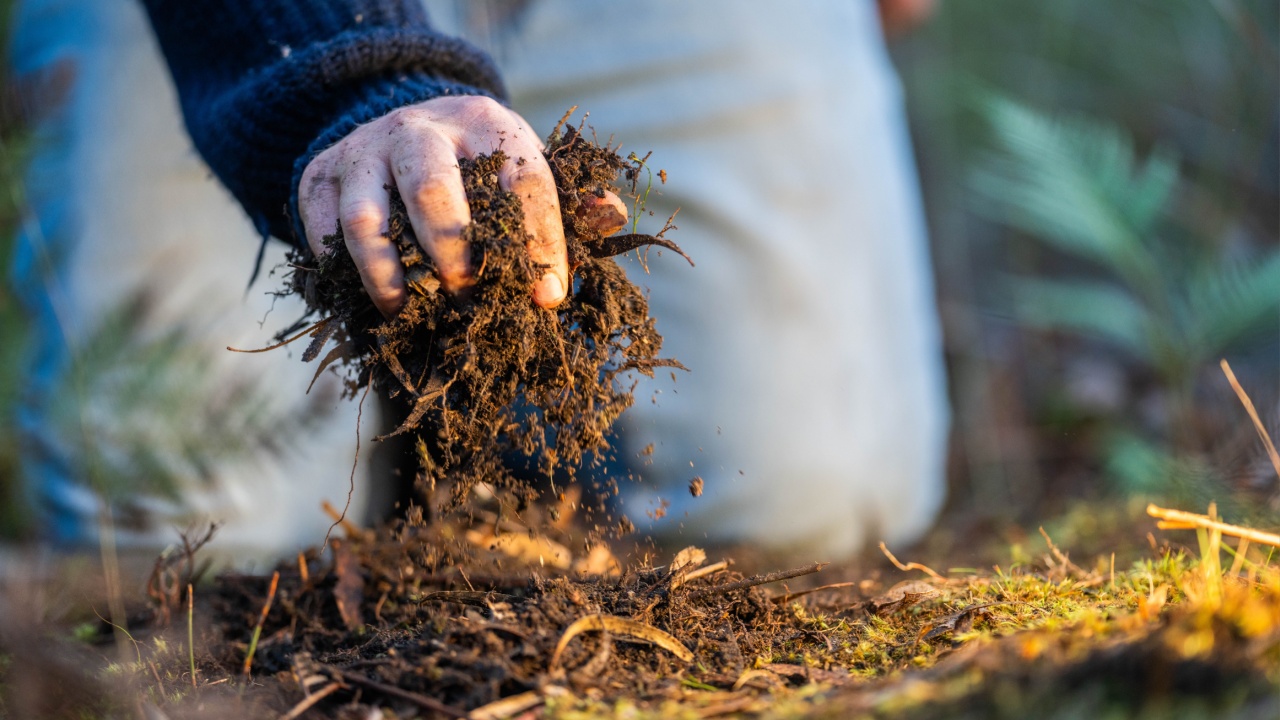
Once the cardboard is thoroughly wet, cut stinging nettles or comfrey and allow the leaves to wilt before layering on top of the cardboard. This will provide a good boost of nitrogen for your vegetables to grow.
Spread bagged fall leaves, or virtually any other organic matter in layers. Leaves should be thinly layered. If they’re too thick, they mat together and prevent moisture from getting through.
4. Cover With a Layer of Well-Rotted Manure
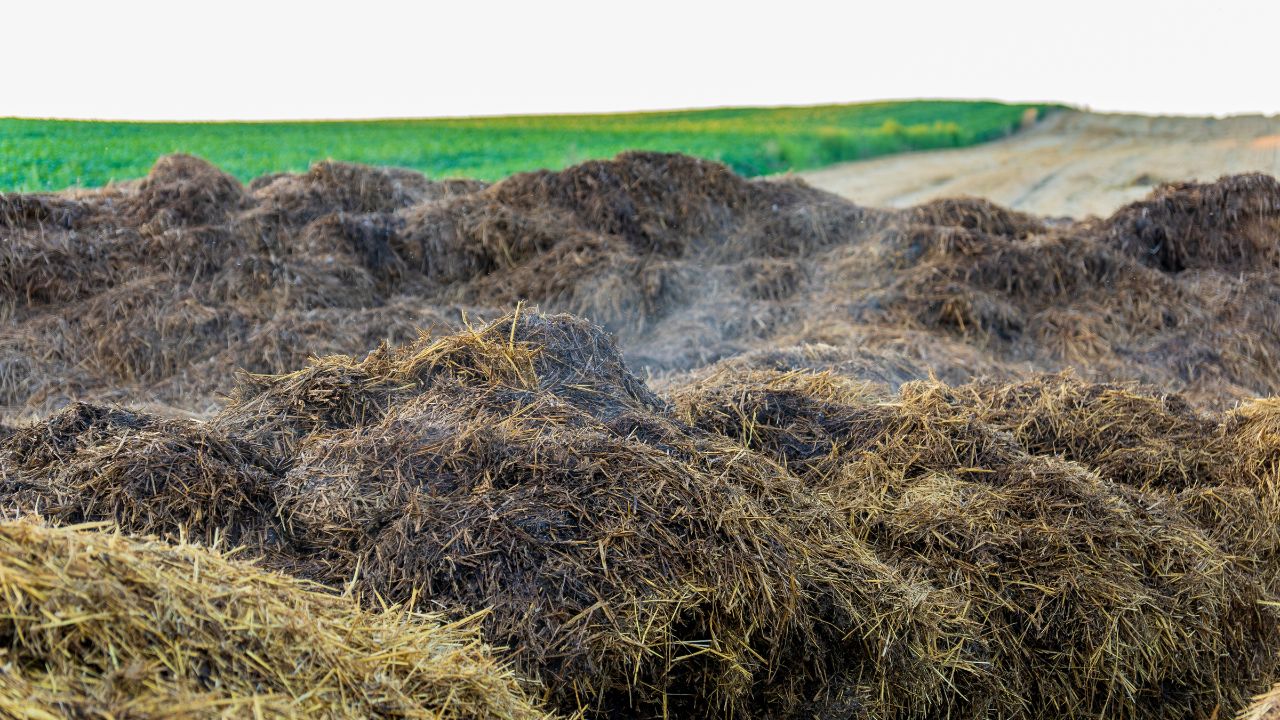
No garden should be without a good layer of well-rotted manure: add some to your bed now.
5. Sprinkle Some Grass Clippings and Shredded Paper
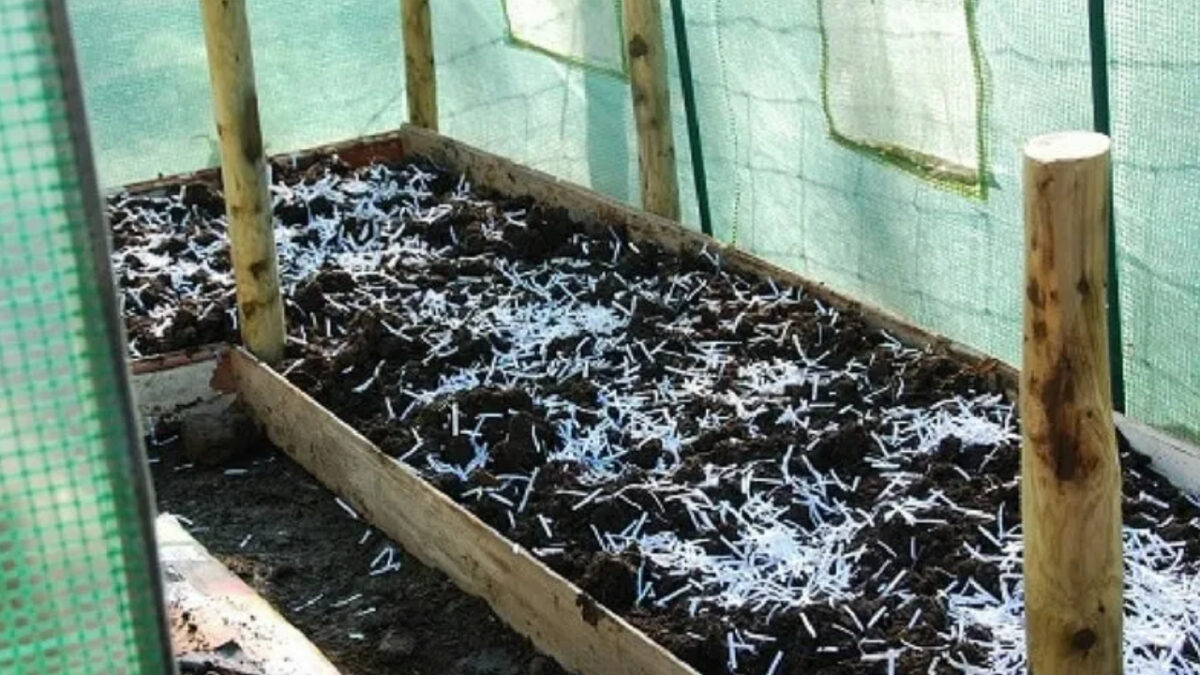
Add a fine layer of grass cuttings as well as a dressing of shredded paper.
6. Add Topsoil and Multi-Purpose Compost
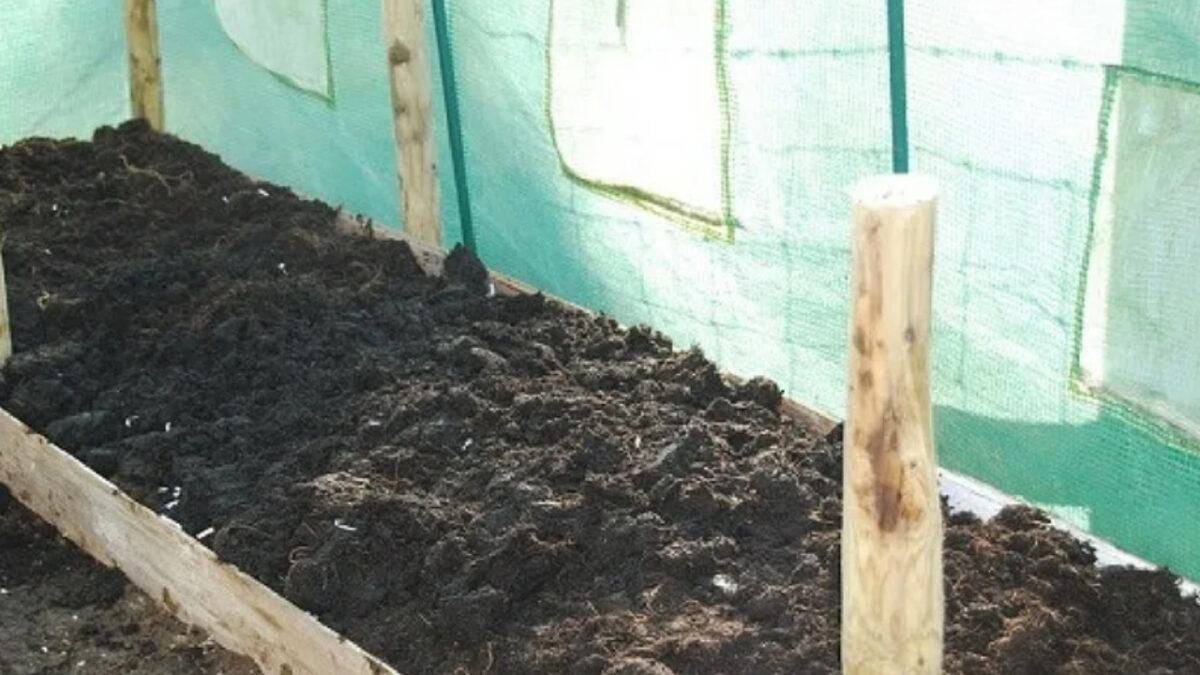
Next, top the bed off with some topsoil mixed with garden compost or bagged steer manure. You could also use multi-purpose compost.
7. Finish Off With Some Fishbone Fertilizer
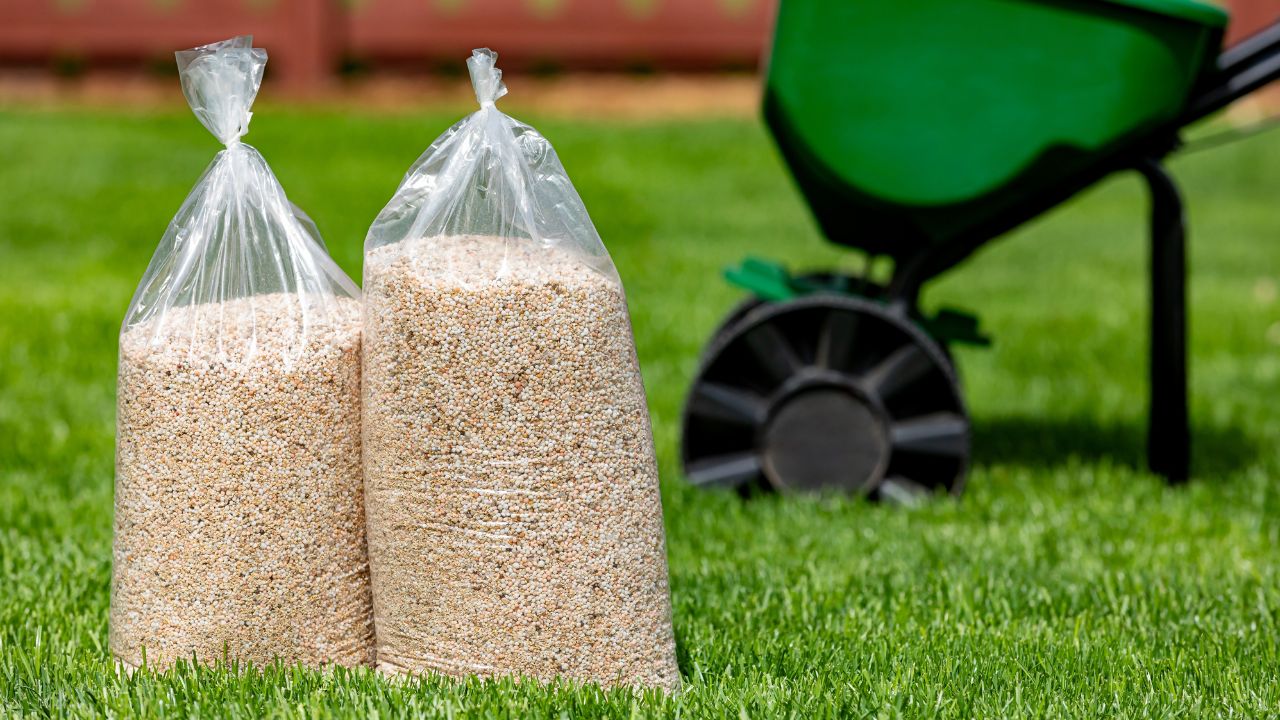
Finally, add a few handfuls of fish bone meal fertilizer for every square meter.
How To Maintain Your Lasagna Garden Year After Year

Over time, you should keep adding more layers, even after the bed is planted. This garden bed will be permanent: no need to re-make this every year.
Just keep adding shredded paper and other small textured mulch, peat moss, sawdust (in small amounts only), shredded leaves, compost, lawn clippings, straw, small sticks, and so on.
If you have a shredder, it’s even better. Finely chopped materials won’t pack down, and make much better soil. Add some earthworms to the soil and watch them mix it up for you.
Keep it watered so it doesn’t dry out, and plant it with a cover crop in the fall to prevent soil erosion.

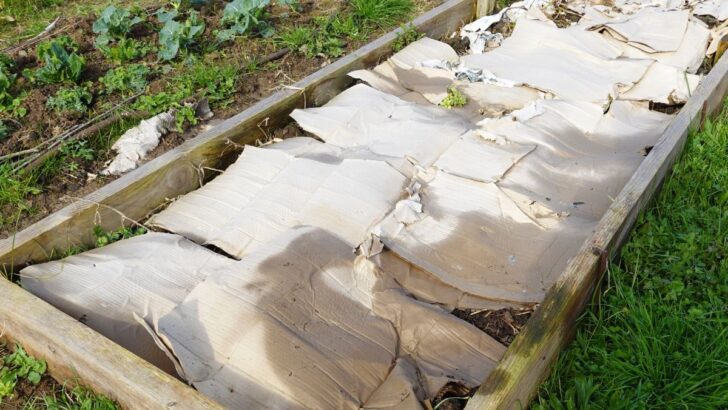

Can I Put Landscape Fabric Over Weeds?
Wednesday 23rd of March 2022
[…] lasagna gardening method […]
Backyard Vegetable Garden Ideas
Monday 8th of February 2021
[…] Lasagna Gardening Method For Weed Control […]
10 Types Of Raised Garden Beds: Small-Space Gardening For Every Budget
Friday 25th of September 2020
[…] more about the lasagna gardening method (described […]
Common Tomato Plant Problems {and How To Fix Them}
Wednesday 23rd of September 2020
[…] overwhelmed and can never catch up on weeding. This year we’re going to use the lasagna gardening method to see if it […]
Best Raised Garden Bed Kits For Easy Garden Setup
Monday 7th of September 2020
[…] you want to use the lasagna gardening method, you’ll lay cardboard at the bottom of your raised bed to keep weeds […]